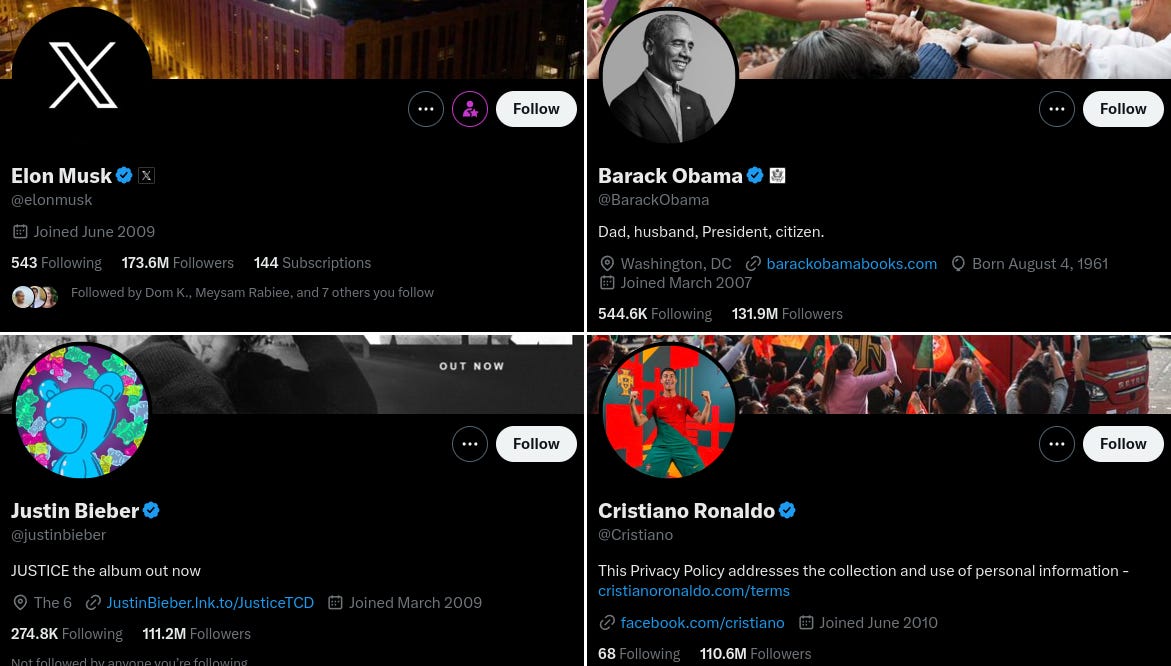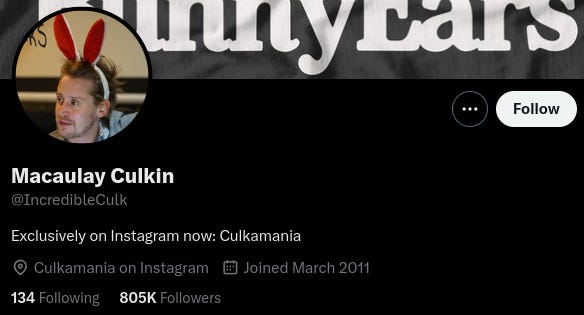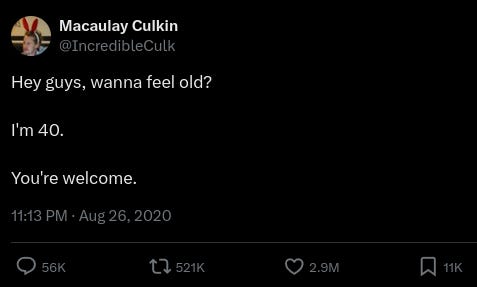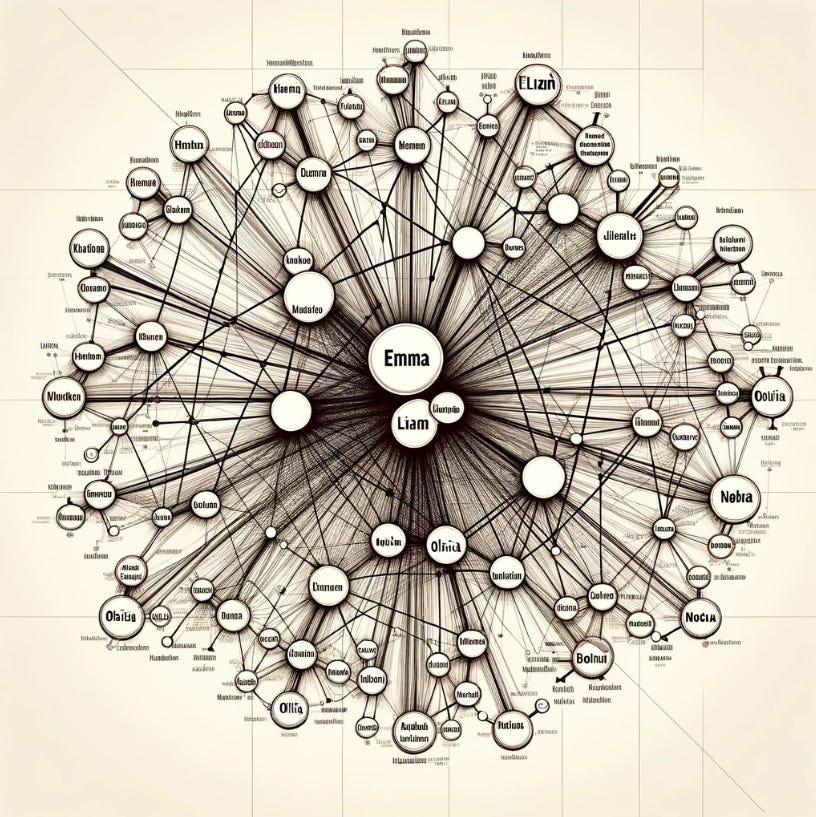📈 #28 Who is an influencer... According to Graph Theory?
Myths and truths about the number of followers.
What do the Twitter accounts of Cristiano Ronaldo, Justin Bieber, Barack Obama, and Elon Musk have in common?
Exactly: they are the 4 Twitter accounts with the most followers. More than 100 million each.
When I saw those numbers, the first thing I thought was, "Wow, will I ever reach that number of followers?"
Well, there's practically no chance of that happening.
But the next thing I thought was, "Could I write a tweet that would get more likes than theirs?"
And that's where I saw a possibility. I don't know if it's very high or very low, but it's there.
Because I started to investigate.
Interestingly, neither Cristiano nor Justin Bieber have tweets with half a million likes. They're not even in the top 20 most-liked. However, among tweets with so many likes, I did see one with almost 3 million likes.
One from someone you might not expect.
One from an account that doesn't even have a million followers.
One from...
Indeed, Macaulay Culkin.
I don't know if he was home alone or not when he wrote the tweet, but this one from August 2020 earned him almost 3 million likes:
We tend to think that influencers are those with the most followers, but it's clear that's not always the case.
So, the next thing that came to my mind were many questions. Is the number of followers the only thing that matters on a social network to go viral? Is it the way information is distributed? Are algorithms managing everything?
Today, on Feasible, I'll tell you how Operations Research answers these questions through graph theory:
What a social network is
How we can consider someone an influencer according to this theory
How businesses are deeply infused with this theory (even if they don't know it)
Let's go for it!
🕸️ Social networks as graphs
A social network like Twitter primarily has two things:
Users
Relationships between them
And not just Twitter, of course. Also LinkedIn, Instagram, Facebook, or TikTok.
That's why every social network can be defined as a graph: the graph's nodes would be the users that make it up, while the edges would be the existing relationships between the nodes. Graphically, we can see it like this:
Depending on whether the relationships between users are symmetric or not, the relationships are drawn with lines or arrows, respectively.
In a social network with symmetric relationships, it happens that users always follow each other mutually, as in Facebook or WhatsApp. This is known as an undirected graph, and the relationships between users are drawn with lines.
On the other hand, in a social network with asymmetric relationships, users do not necessarily have to follow each other, as happens on Twitter or Instagram. In this case, the graph is directed, and the relationships between users are drawn with arrows indicating who follows whom.
This, which might seem trivial, is the basis for how messages are distributed in the network. Depending on the relationships among its members, who launches the message, or how it's positioned within the network, messages will spread faster or slower.
And it's precisely this message distribution mechanism that leads to the next concept: virality and, more importantly, the influence of certain network nodes (or social network users) for a message to be distributed and receive many visits and likes.
📸 Influencers from graph theory
The influencers of a social network are like the most popular kids in school, those people everyone wanted to be with. Important people.
As such, within the social network, they are also important. In fact, they will be the most important nodes of the network.
But we've seen a bit further up accounts with hundreds of millions of followers that don't have many likes. Moreover, you won't see them in the Top 20, when others, with less than 1 million followers, are there.
So, how can we define the importance of a network node?
One of the basic concepts in graph theory is the degree of a node, which is nothing more than the number of connections the node has. For example, node E would have a degree of 4 in this graph because it has connections with 4 adjacent nodes (A, D, G, and H):
Keep reading with a 7-day free trial
Subscribe to Feasible to keep reading this post and get 7 days of free access to the full post archives.






